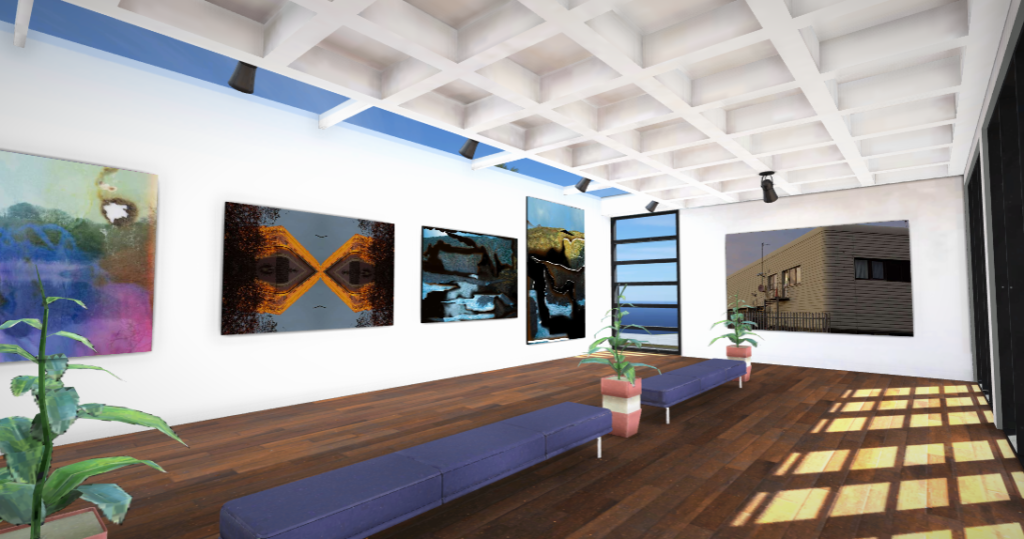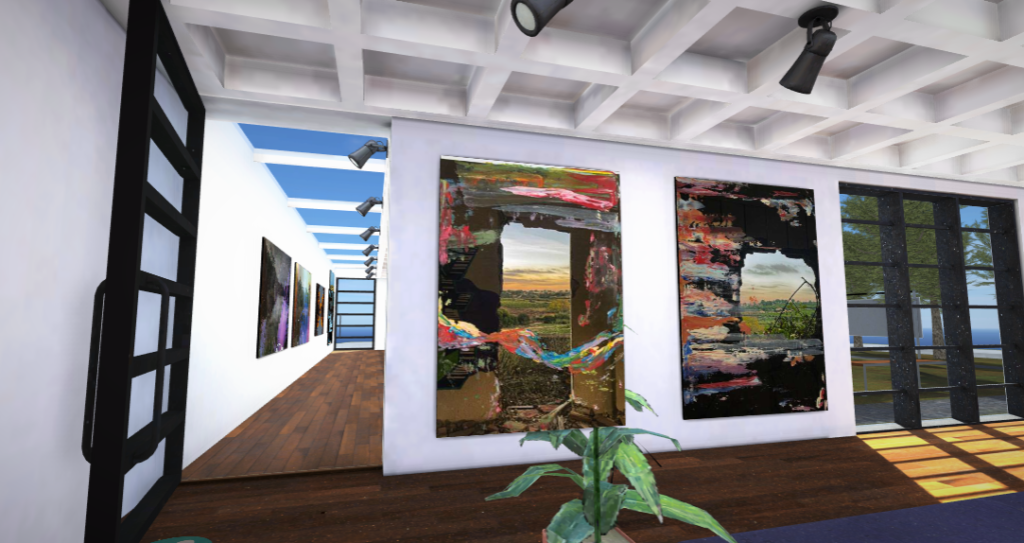what it is:
An environmental portrait is and image which capture a person usually in their work place or shows their work or in their home. It focuses on their life and surroundings which influences them daily.
mood board:

what it is:
An environmental portrait is and image which capture a person usually in their work place or shows their work or in their home. It focuses on their life and surroundings which influences them daily.
mood board:


Emotional Response
Technical – how was the photo taken
Visual -what can we see in the image
Conceptual – why was the photo taken / presented
Contextual – who, when, where etc…the story, background, impact
My first impressions on this image is that It is eary. It has what looks like a person of importance presented with unwelcoming body language and facial expressions at the centre of the image. In the background There appears to be pillars with marks, scratches and writing on them due to old age, This makes the setting appear to be run down and aged. In the image there is a mixture of both natural and artificial light which helps give the image a depth of field and illuminates the mans facial structure while shadowing other areas such as his eye sockets and clothes. Arnold Newman has made it clear what tone and subject he was aiming for in this image as the figure is placing his hands in an position of greed and anger, which can be seen as almost intimidating to the audience.
Background of the image.
Newman asked to photograph former Nazi slave labour boss and convicted war criminal Alfried Krupp, at one of his factories. Newman originally declined, saying that he thought of him as the Devil. Krupp’s people found out that Newman was Jewish and tried to stop him from coming. The final portrait was Krupp lit both sides of his face. Newman asked Krupp to sit forward a little bit to which suddenly the shadows crossed his face in a dramatic an alarming way. Arnold stated that it made his hair absolutely stand on end. At this moment Arnold shot the image. The sinister look that was given to a time-served war criminal is one of Newman’s best known colour images.
“It turned out to be one of my best photographs,” Mr. Newman said in an interview. “It was my impression of a Nazi who managed to survive yet killed millions of people, not all were Jews. They were doctors, they were laborers that were offensive to the Nazis. And I consider that one of my more important pictures.”


This is an image of Alfred Krupp, who was an industrialist in Germany. This image taken here, for me, portrays an ominous feel, because of his surroundings such as the old rusty pillars which in the photograph give the image a second frame. His positioning with his hands held together shows he is serious and attentive, especially his suit which shows a form of power in most cases. The background of the image sets more of the scene for the ominous feel, almost like a workshop area for trams/trains being worked on. At the top of the image it shows depth of field, with the lines at the back getting smaller and smaller as it gets further away, but also closer to the mans head. There is a good use of lighting here, where there is backlight coming through the windows of the facility which gives his body this glow effect. Whilst there is also some lighting at the front of him which gives attention to his facial features.
This image was taken in 1963 by a photographer named Arnold Newman, who was a Jewish photographer, this was important because the person in this image was a German industrialist, who was pardoned of his War Crimes in WWII. At first Arnold declined the job of taking a picture of this man, but later went ahead to do it anyway. What made the situation interesting was that, Arnold asked Alfred to lead forwards, and he did but also decided to clasp his hands. This really portrayed Alfred’s character, and Arnold later said, “My hair stood on end”.
Its unique that the context of this image shows a German WWII criminal, having his portrait being taken by a Jewish believer, and how I imagine Arnold saw Alfred in that moment to be this exact image.

When I first look at the image it creates a scary and intimidating feel. This is created by the way the image is taken, the photographer takes the image from a straight on angle. Newman uses the rule of thirds to ensure that the photograph is symmetrical. He also uses a frame within a frame which makes him the focal point of the image, the lighting also helps to do this. The frame in the image makes it feel as if he does not want us to go into were he is working and for us to not see anything. The natural lighting coming from inside of the building would creates a silhouette of the man, but because the photographer has used studio light it stops this. The studio light creates dark shadowing on the mans face around his eyes and clothing, this is what creates the scary and intimidating look to the image. The leading lines in the image coming from the beams and rail tracks creates depth in the image. These leading lines create triangles which are strong shapes, which makes the image so strong and symmetrical. The image was taken in 1963 years after the second world war, in Germany. This could imply that the image could have something to do with the Holocaust and maybe he had some involvement.
Background to the Photograph
In 1963 Newsweek magazine wanted to commission photographer Arnold Newman to take a picture of German industrialist Alfred Krupp. At first, Newman declined the offer. The Jewish American photographer saw the convicted (and later pardoned) war criminal as the devil and wanted to put a knife in his back. But Newman did proceed with the job. A sinister-looking man, Krupp was seated on a platform with his factory in the background. Newman asked him to lean forward. Krupp clasped his hands together under his chin. “My hair stood on end,” Newman would later say. It was considered one of the most important photos by the man who became known as the father of the environmental portrait.
Quote :
“I was doing some work for Newsweek, mainly covers, and they asked me to photograph Alfried Krupp. Krupp, a German industrialist, used slave labor during World War II. When the workers were too weak to produce, he just shipped them off to Auschwitz to die.
So when the editors asked me to photograph him I refused. They asked why. I said, ‘Because I think of him as the devil,’ and they said, ‘Fine, that’s what we think.’ So I was stuck with the job.
When I arrived at the factory and was told by Krupp’s PR people that the sitting was off, I demanded that my photographs be shown to Krupp so that he could decide for himself. The startled PR guy complied, and then came back and said, ‘Herr Krupp would like to see you.’ Krupp told me, ‘These are beautiful pictures. You must photograph me.’

my first response to this photo is that the photo is a bit creepy and a lot is going on in the photo, such as it was taken in a car factory so you cane machines working and painting etc.
Technical the photo is using the tunnel effect so on each side there’s something close up and then in middle things get further away.
visual what you can se first is a old man and 2 pillars behind him then there the car factory behind the pillars.
Conceptual the photographer wanted to a picture of the German industrialisation.
Context the photographer anted to a take a picture of the German industrialisation.
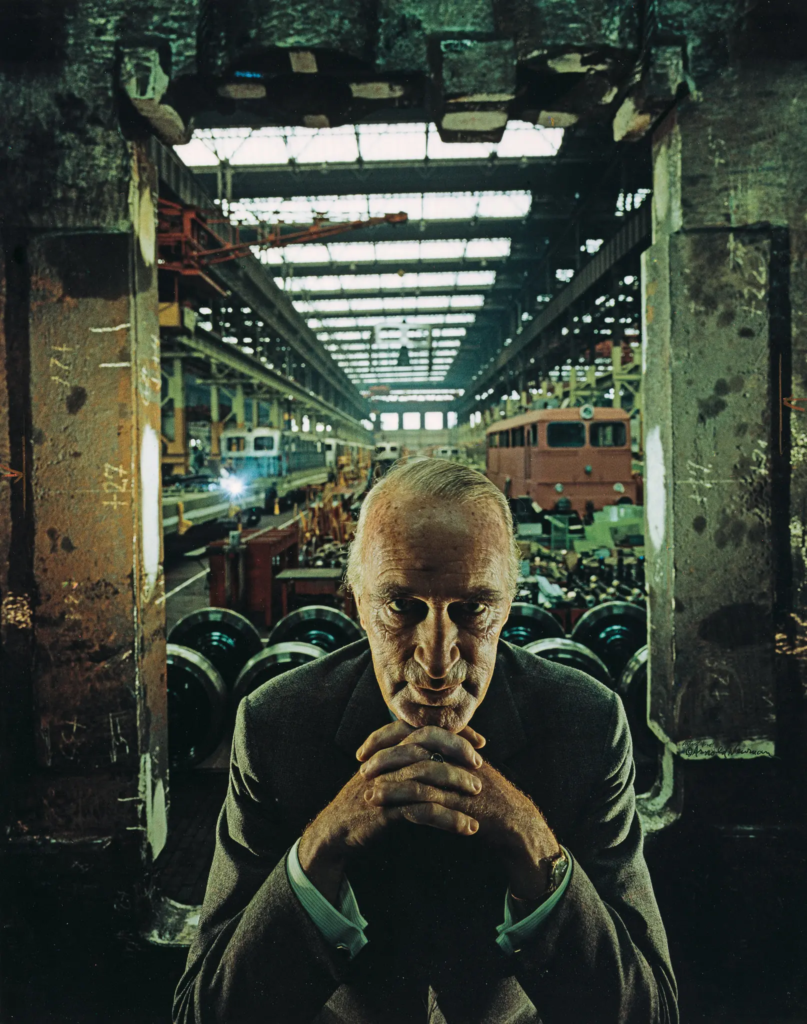
How does this image make me feel?
Upon first inspection, and without any context at all, I would certainly say that this image evokes the feeling that the subject is perhaps an evil or powerful figure, all thanks to the combination of lighting placement and intensity, the industrial colour palette and the body language that he is demonstrating.
How was this image taken technically?
This image appears to be a film image taken with a fairly wide-view lens, which is indicated by the narrowing perspective and upfront placement of the man in the image. Arnold Newman used 35mm film and usually was equipped with a tripod. I can imagine that the exposure would have been rather difficult to control with the light source behind the subject possibly threatening to overpower the image. However we can see that the photographer has decided to use two light sources either side of the man to create an interesting pattern of shadows which certainly contribute to the overall feeling of dread evoked by the photograph.
What can I see in the image?
The photo appears to be taken in an industrial trainyard of some sort with maintenance equipment and tools stacking up behind the subject, who takes centre-stage in the foreground. We can see multiple train carriages on the platform in the background, and running down the top-centre of the picture is a series of glass panes letting in small amounts of natural light. Framing the subject, whose hands are clasped in a menacing fashion beneath his chin, are two pillars caked in a thick, smog-induced dust which further suggests the industrial purpose of the setting. Finally, taking together both the subject’s powerful body language, with his hands creating a pyramid-like shape under his chin (pyramids/triangular shapes are very strong in their structure) and the effect of his face being very minimally lit and largely in shadow so that we cannot see his features in the traditional way all contribute to the overall evil atmosphere within the composition.
Why was the photo taken like this?
It is obvious that the photographer’s intentions were to present the subject in this cruel and plotting portrayal and the use of all of the above techniques definitely demonstrate this intention.
What is the story behind this image?
Shown in the image is the German industrialist figure and convicted (and later pardoned) war criminal, Alfried Krupp, whose family business was responsible for using almost 100,000 slave labourers from the concentration camp system to manufacture arms for the Nazis under terrible working conditions, which caused many deaths of exhaustion, hunger or other results of neglect and malnourishment. Interestingly, Krupp was personally intrigued by the work of Arnold Newman, a Jew, despite his obvious views on the Jewish people. The New York based magazine Newsweek commissioned Newman to take Krupp’s portrait. After originally refusing on a moral basis, he agreed to do so, with the view of creating an image that would represent and depict, in the simplest essence, the evil that Newman knew Krupp was responsible for in his war crimes.
“It turned out to be one of my best photographs, It was my impression of a Nazi who managed to survive yet killed millions of people”
-Arnold Newman
What is environmental portraits?
An environmental portrait is a photographed portrait that captures subjects in their natural surroundings instead of in a studio or other artificial setup.
Usually, the portrait is executed in the subjects usual environment for example, their home or work place.
What makes a good environmental portrait?
Good environmental portraits will tell strong stories of their subjects. Their immediate surroundings will give the viewer insight into where these people are, what they do, and who they are. Locations that help to tell a person’s story could be places where they relax, work, or play: Their home.
MOODBOARD/ MINDMAP:


As I have previously done a virtual gallery, similarly I have physically displayed me images. Done by using foam board, black board, mounting up the images. I have use the same techniques, learned from the still life project.
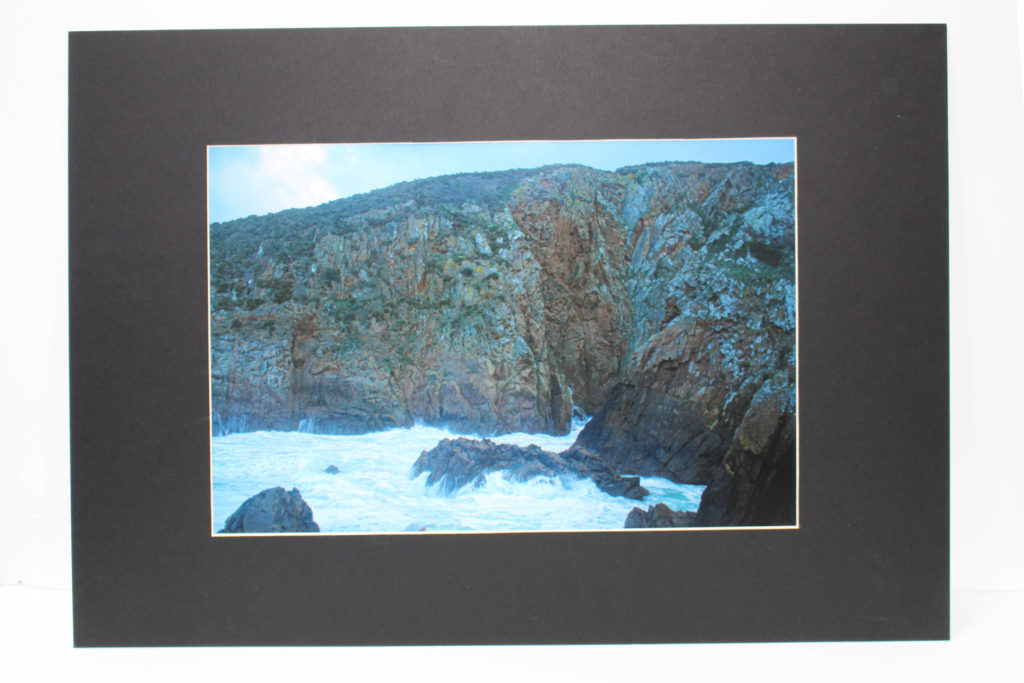

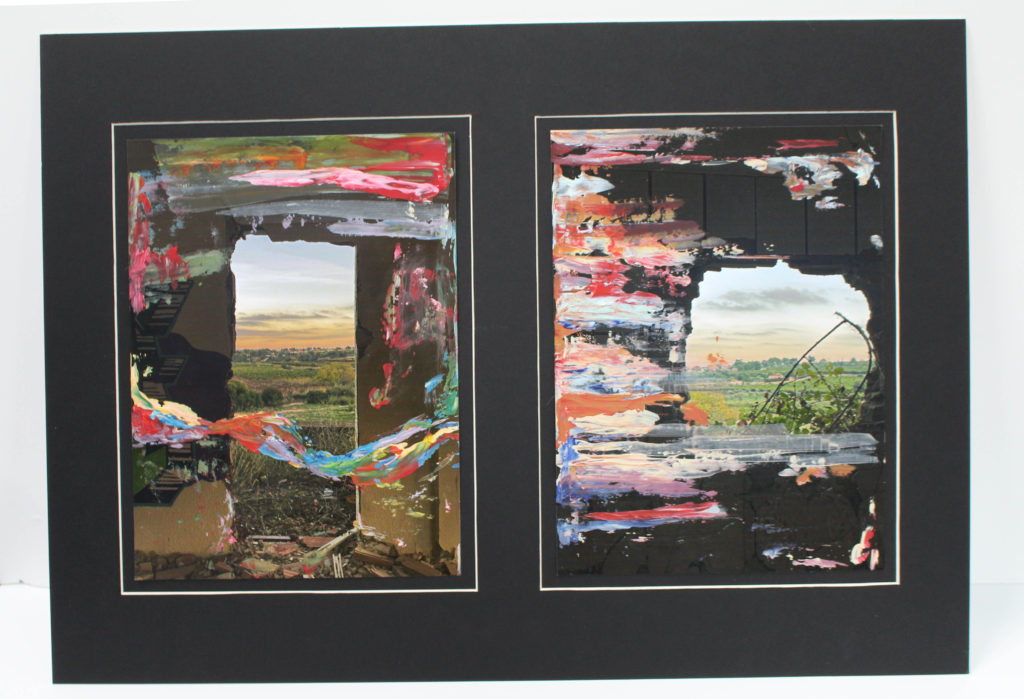
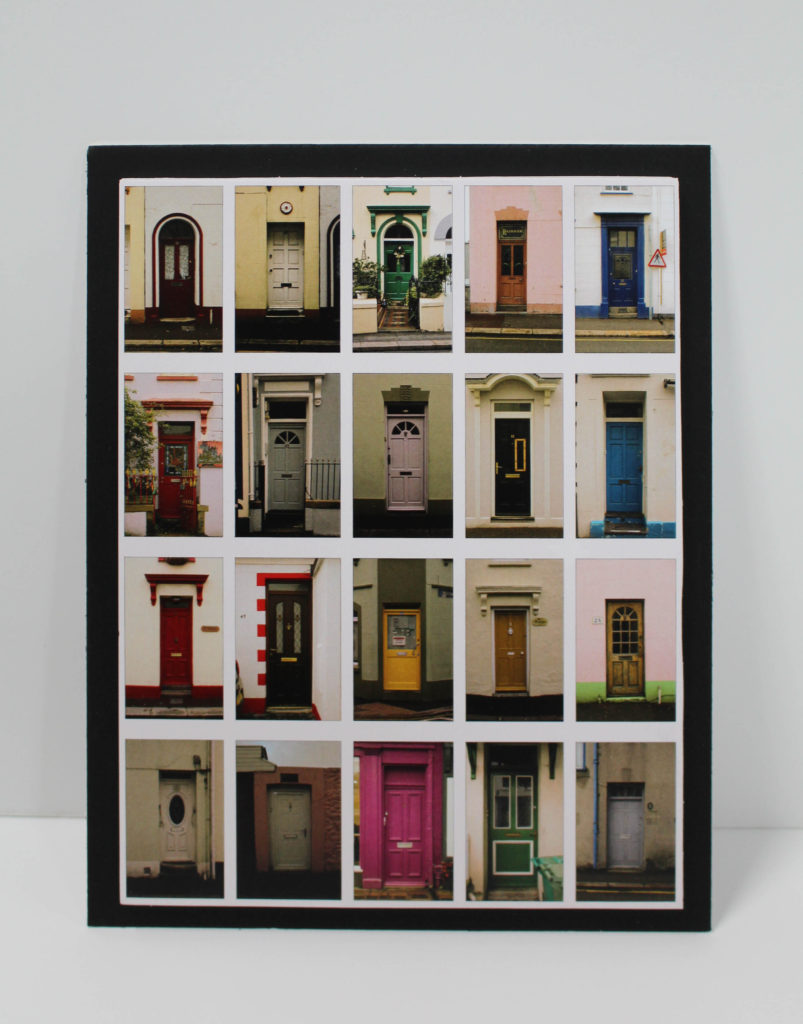


What is portraits?
Portrait photography is a very well-known and popular style of photography. The style is all about trying to capture the personality, identity, soul, and emotions of a person by utilizing the background atmosphere, poses, and lighting.
There are many types of portrait styles such as; constructionist, candid, environmental, and creative. Looking more into the environmental portrait style, it usually depicts people in their working environments or environments they are typically found in giving insight to said persons life and surroundings.
Portrait photography was invented by a french artist and photographer, Louis-Jacques-Mandé Daguerre in 1835. The style later became publicly available in 1839 leading to the first photographic portrait studio opening in Boston, Massachusetts, in 1842, which brought portraiture into widespread use across America and Europe.

Environmental portrait mood board

The mood board showcases the different ways environmental portraits can capture the subject in their surroundings. On some of these images we can see people facing the camera straight on as well as others who have not taken notice. Both styles of these photos are effective, however in my opinion when they do not take notice to the photographer the images become more authentic.
Mind map

The mind map gives some insight into possible photoshoot ideas.
For all my final outcomes for the landscape project, that I have selected, I have made a virtual gallery to display them in.
https://www.artsteps.com/view/63d7bda82b819e5b8125be68

